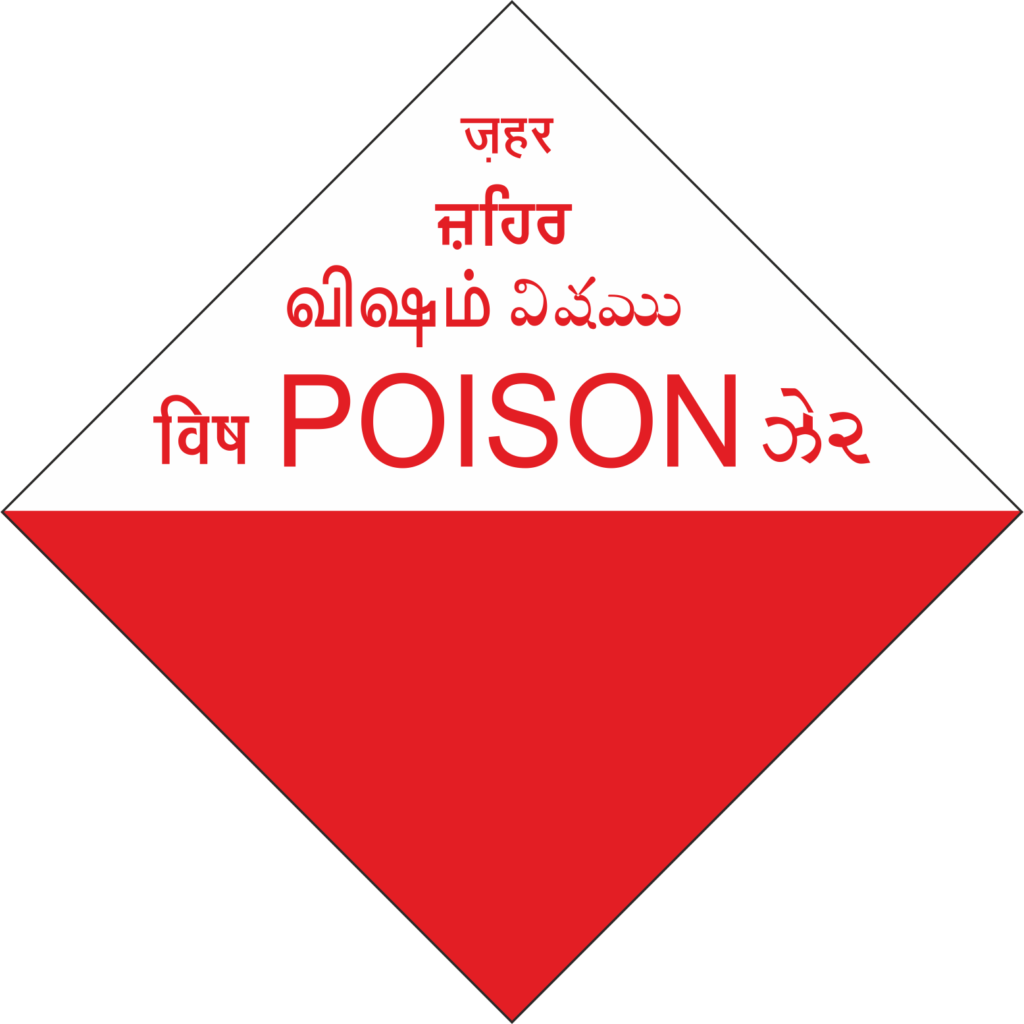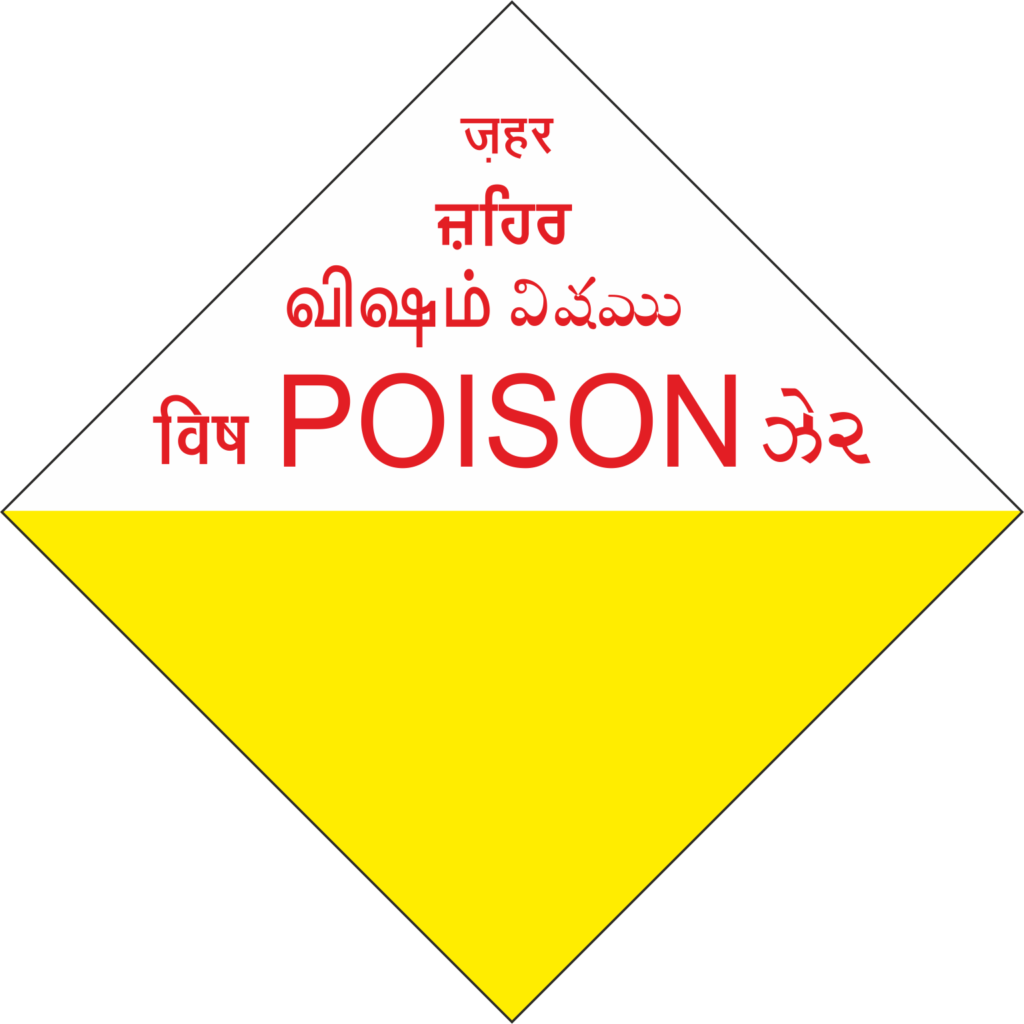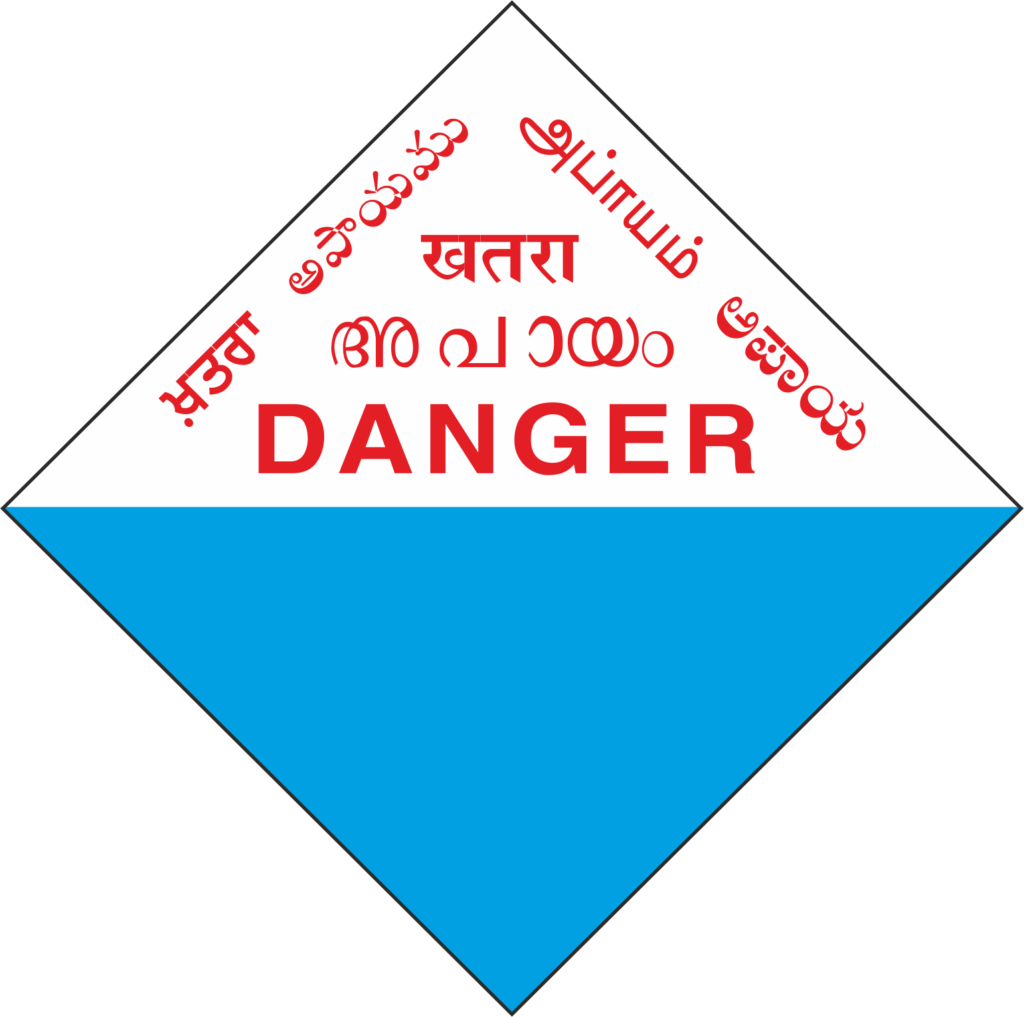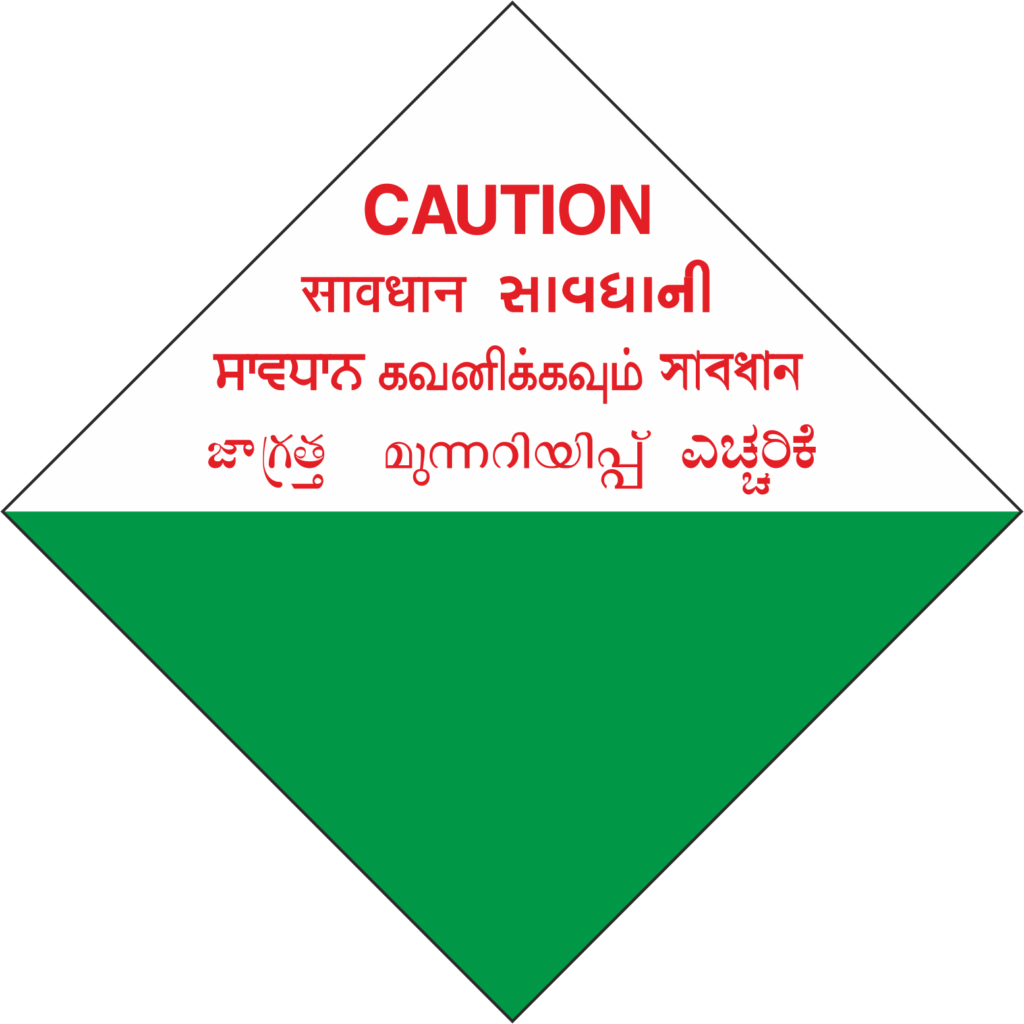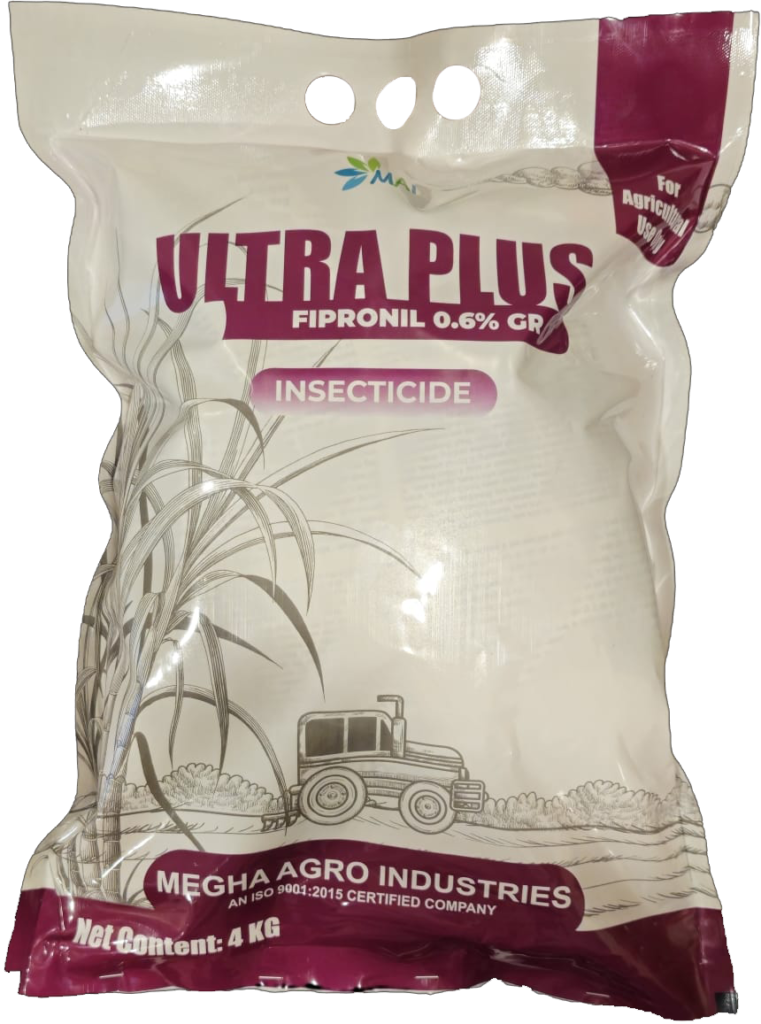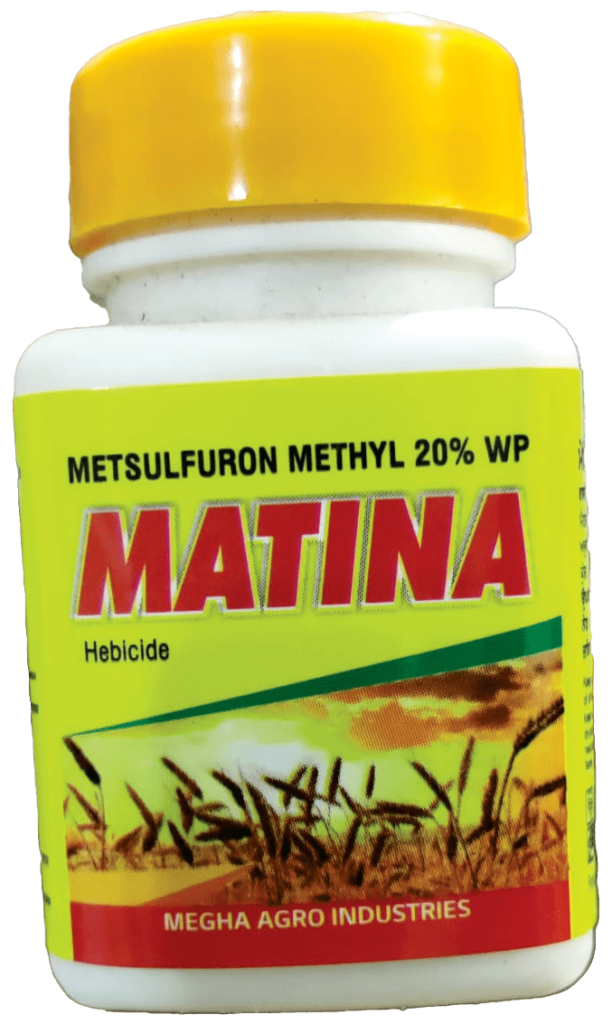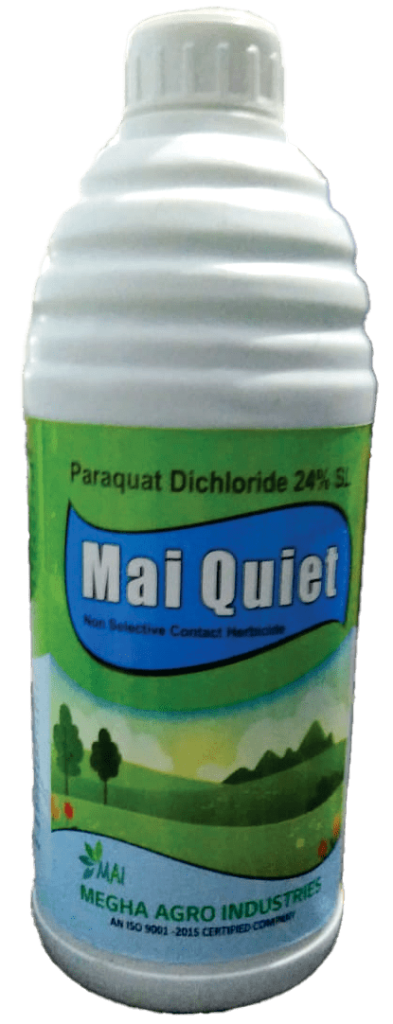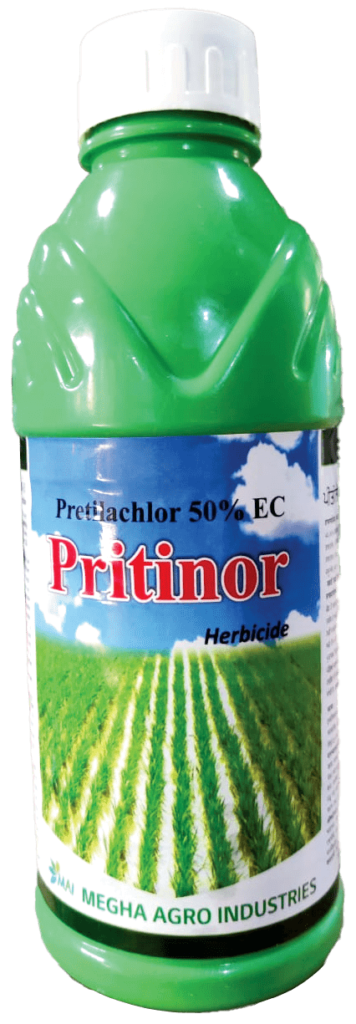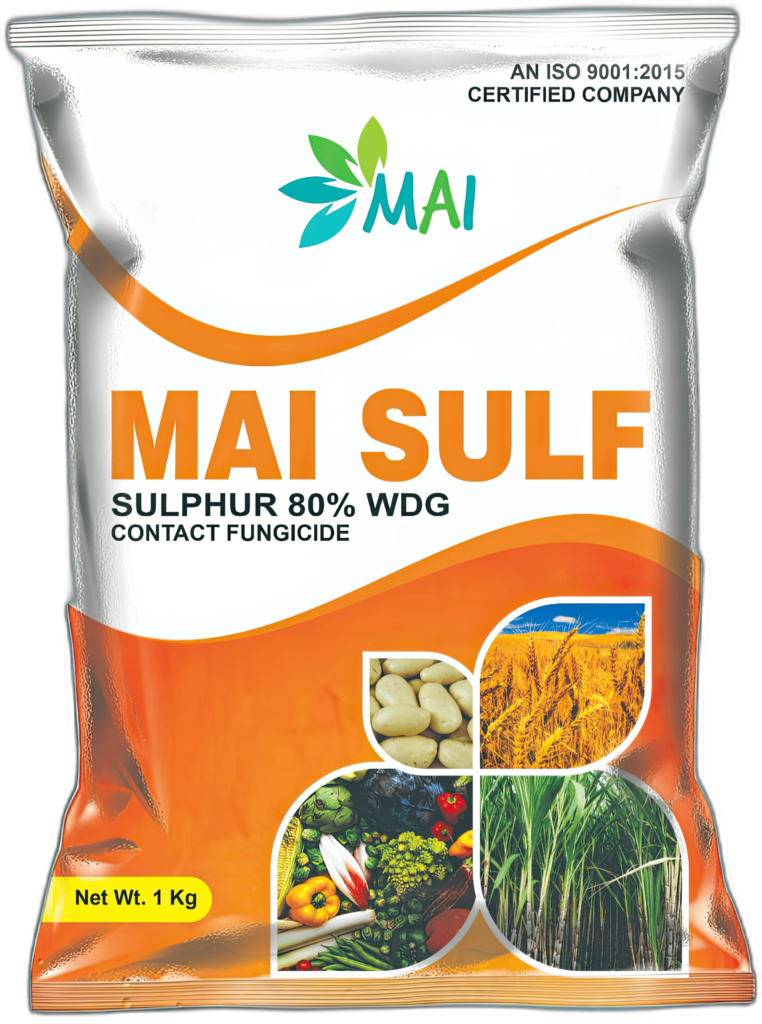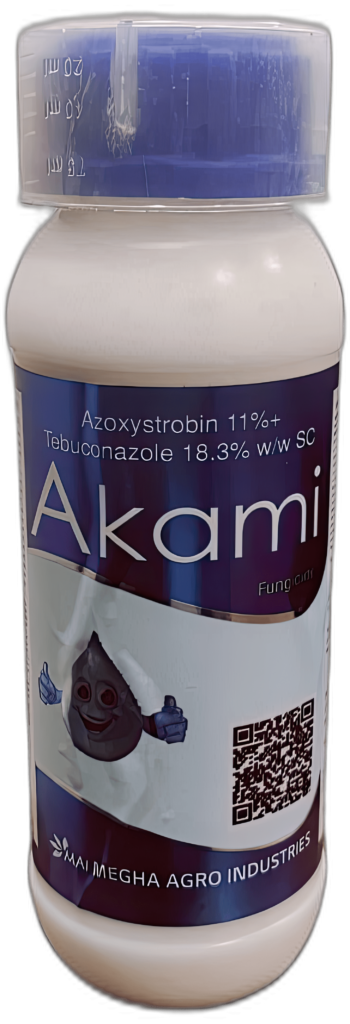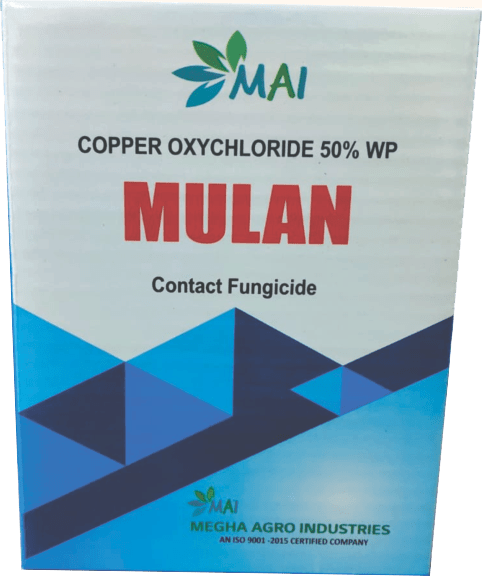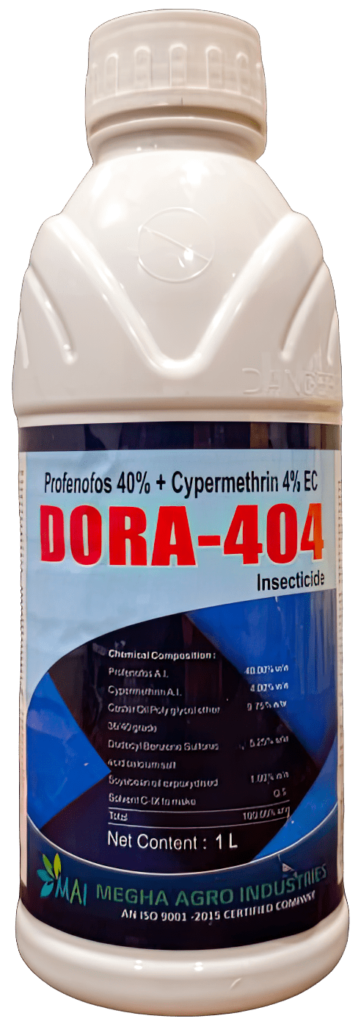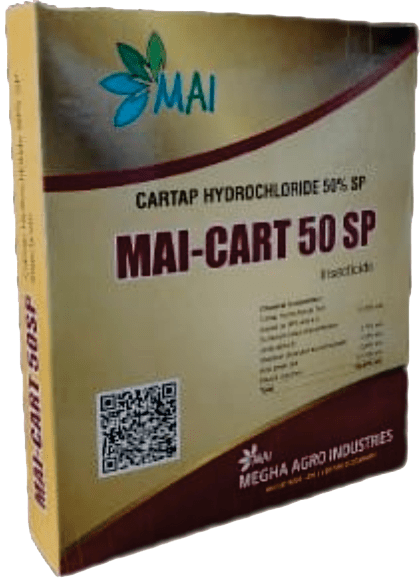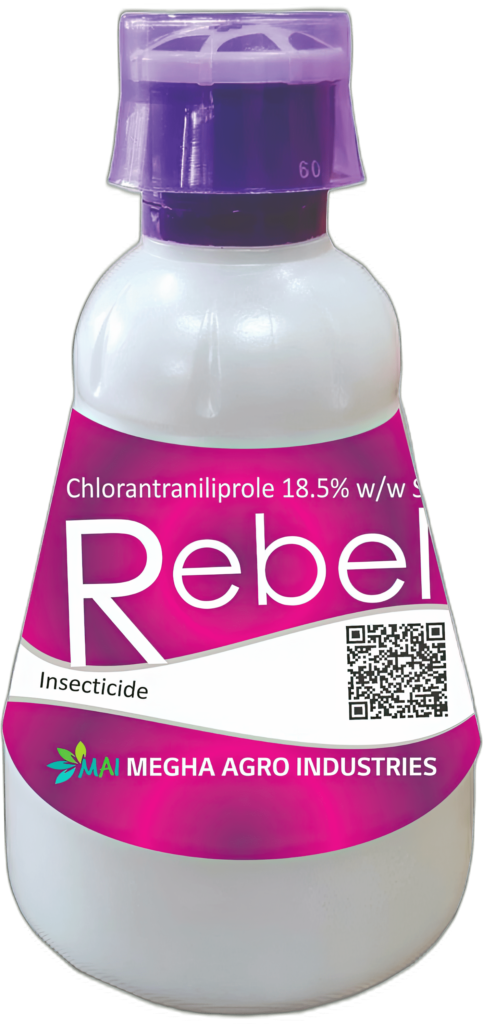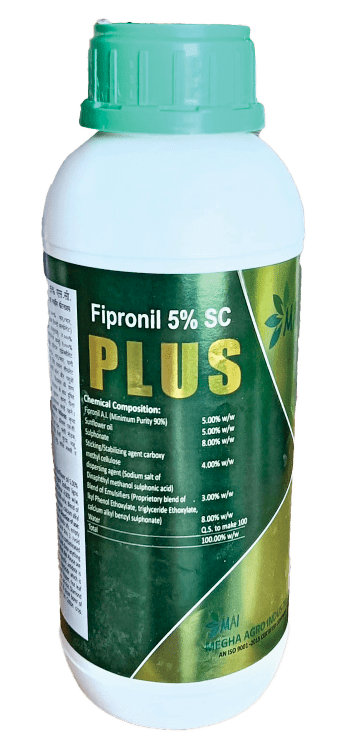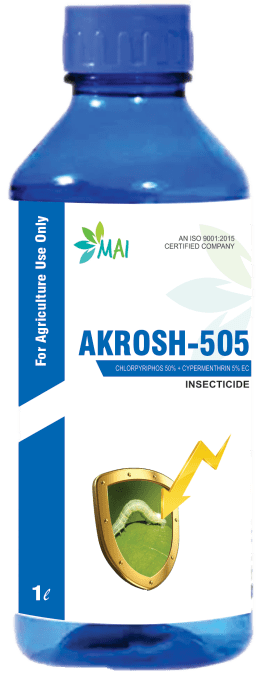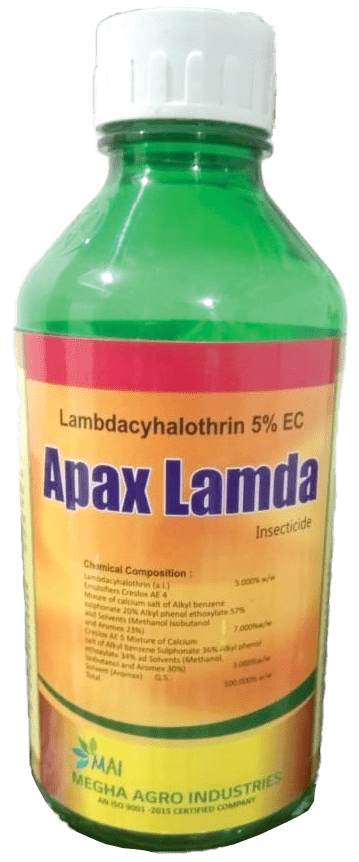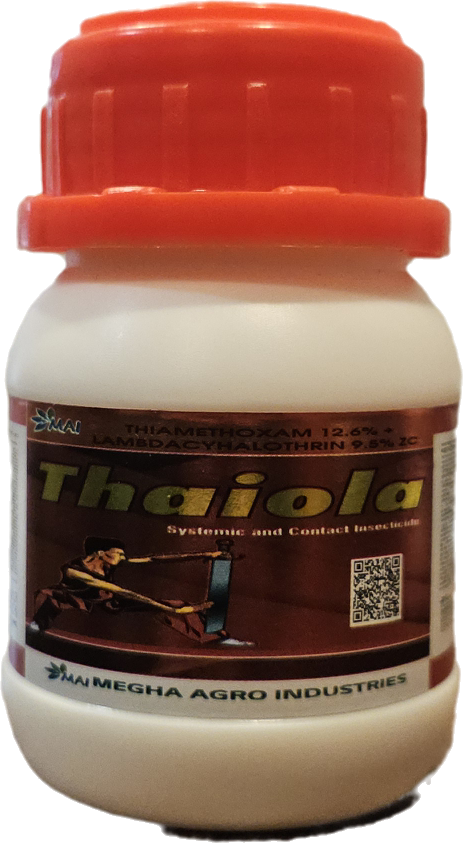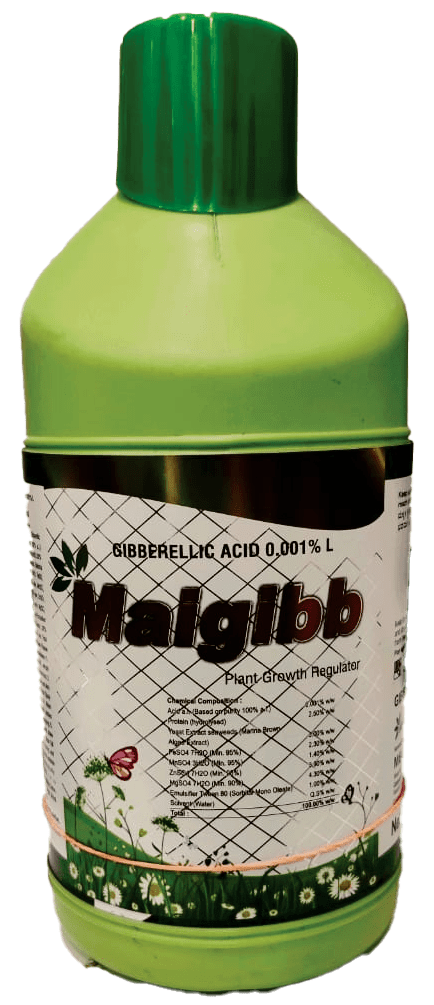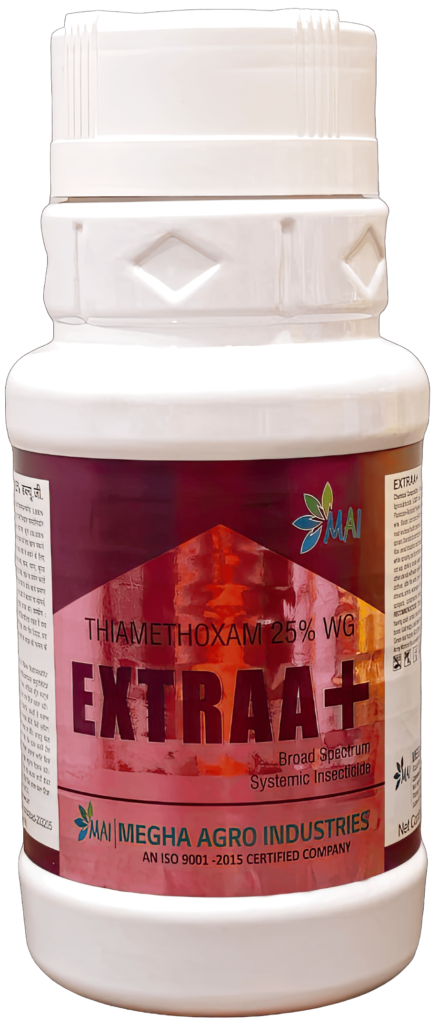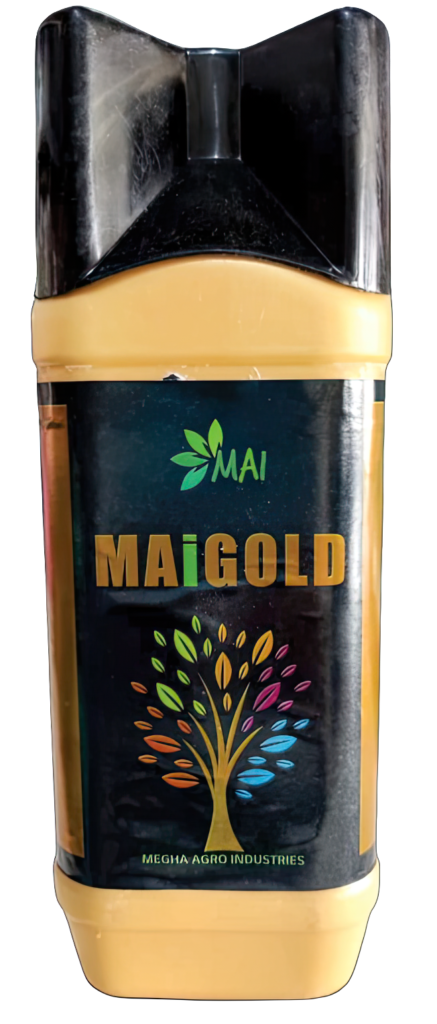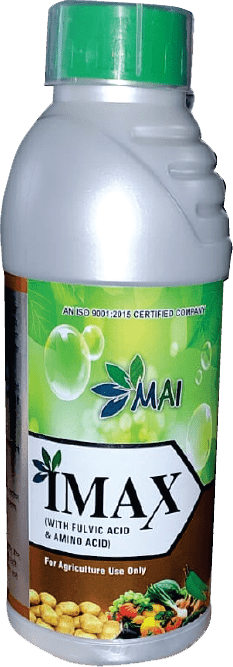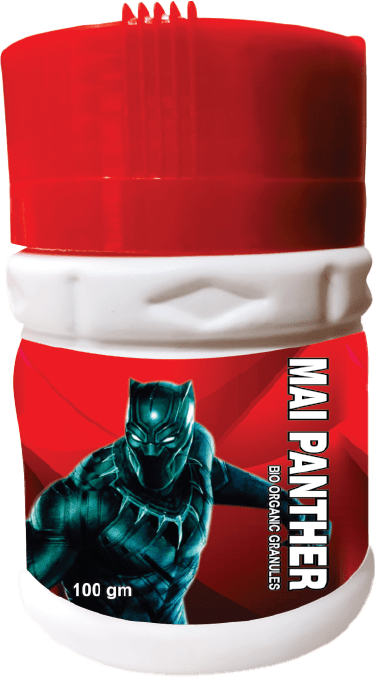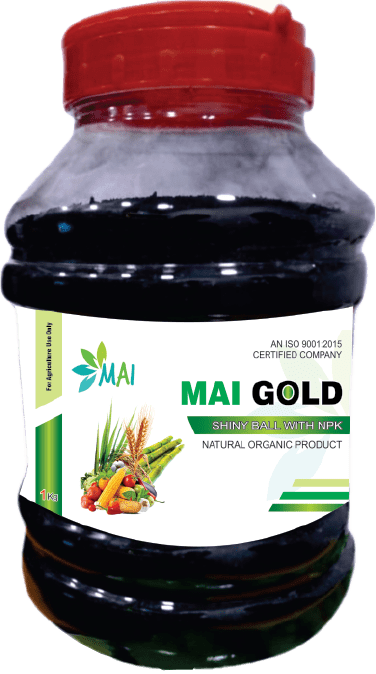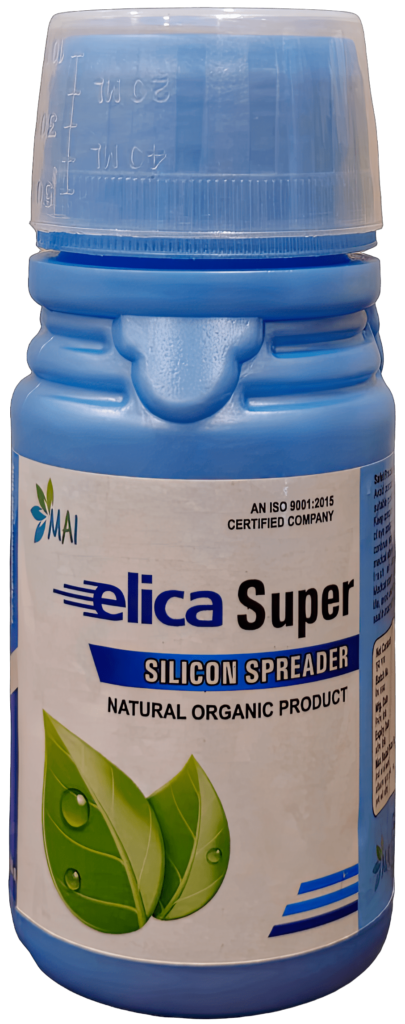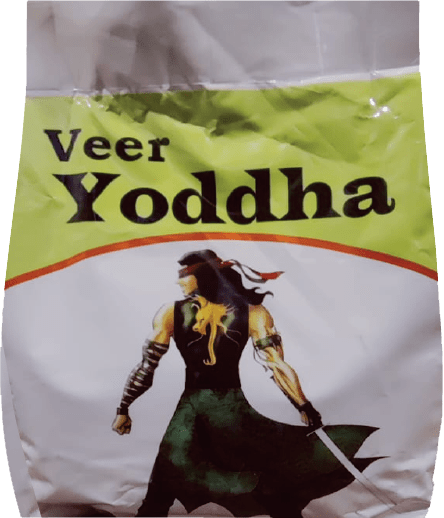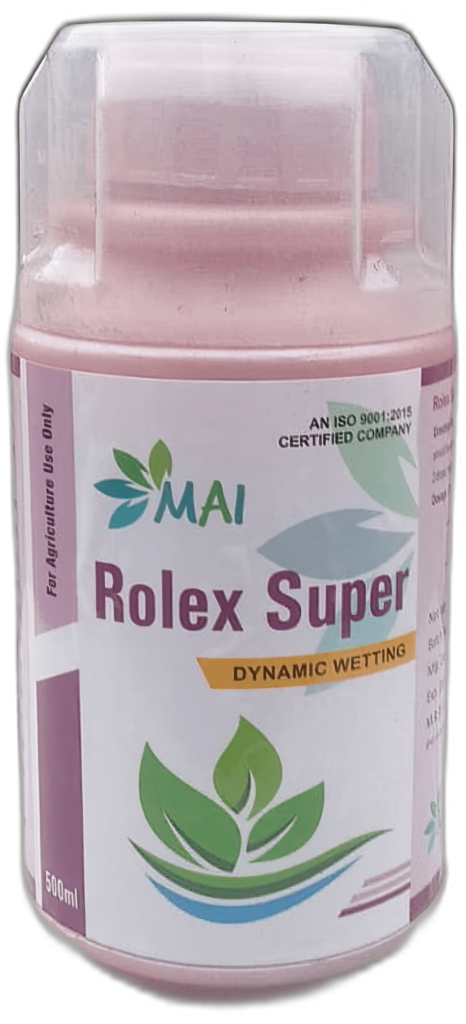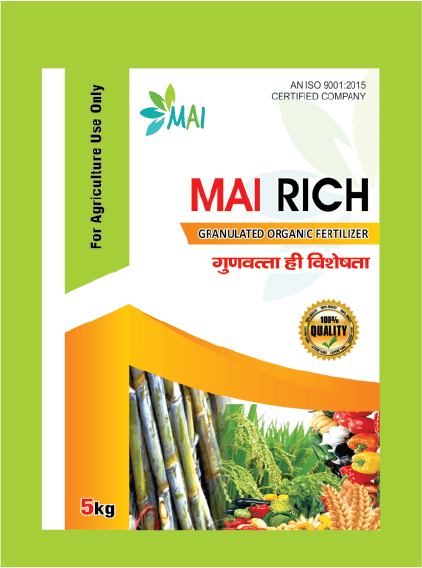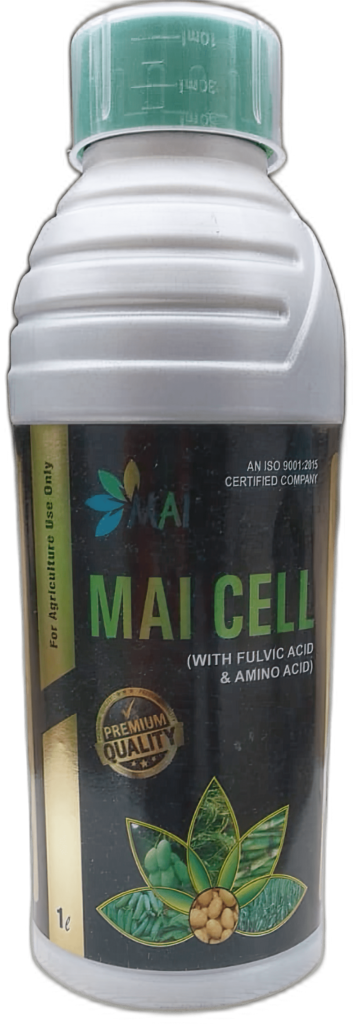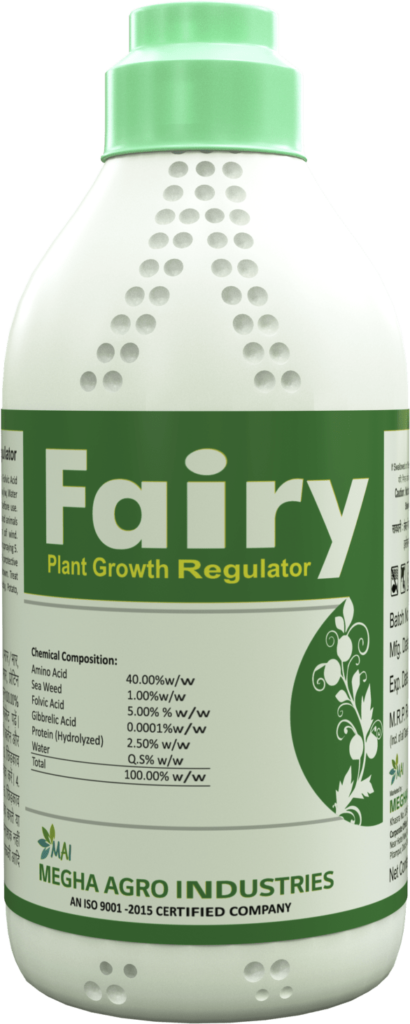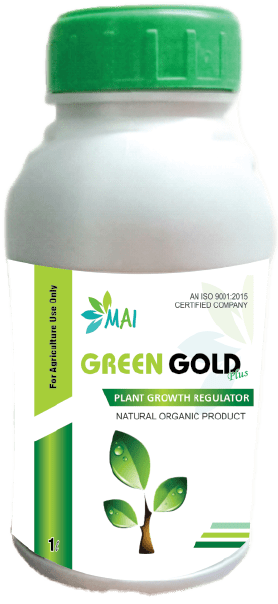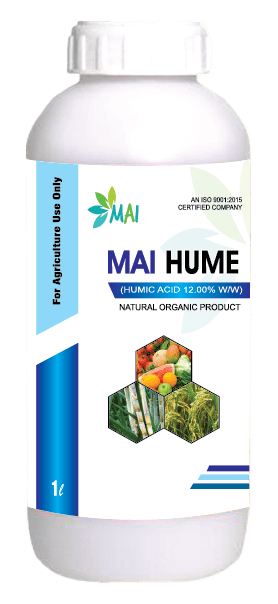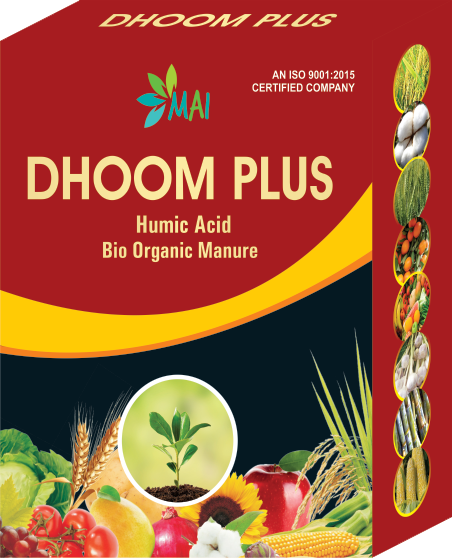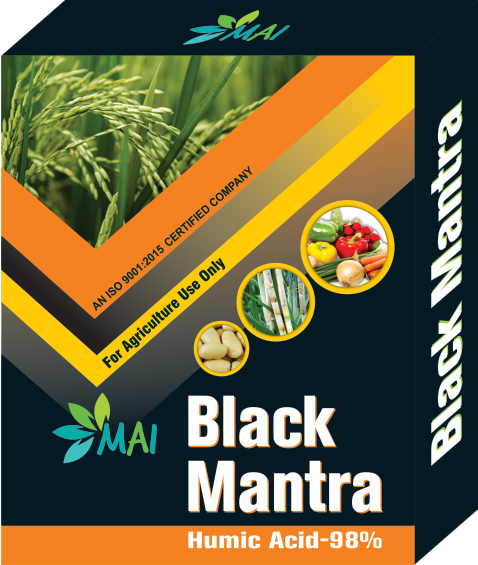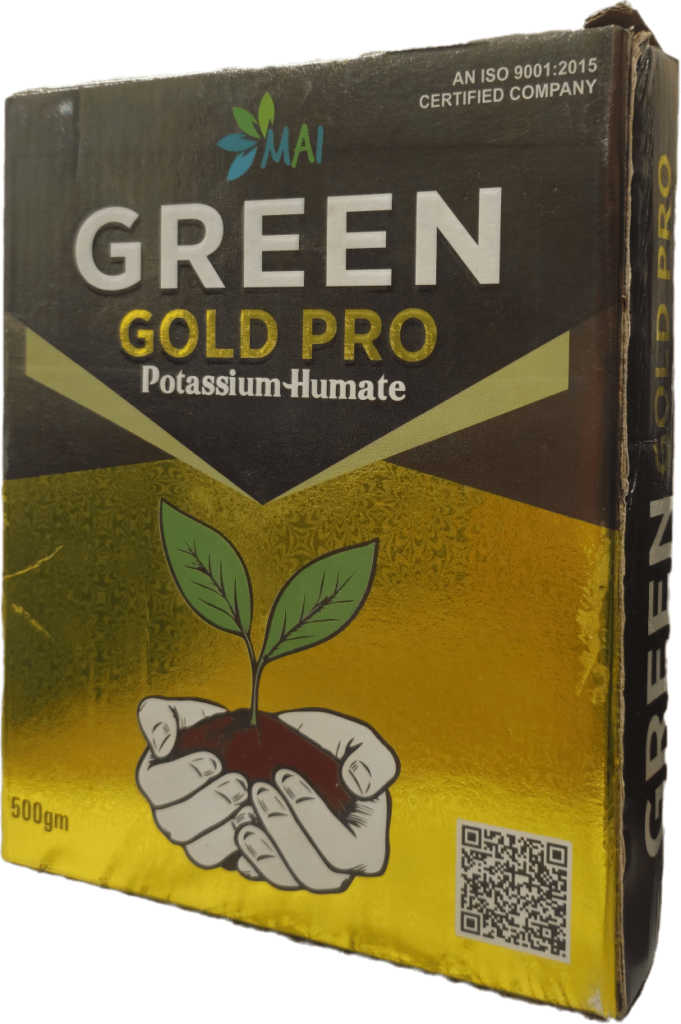
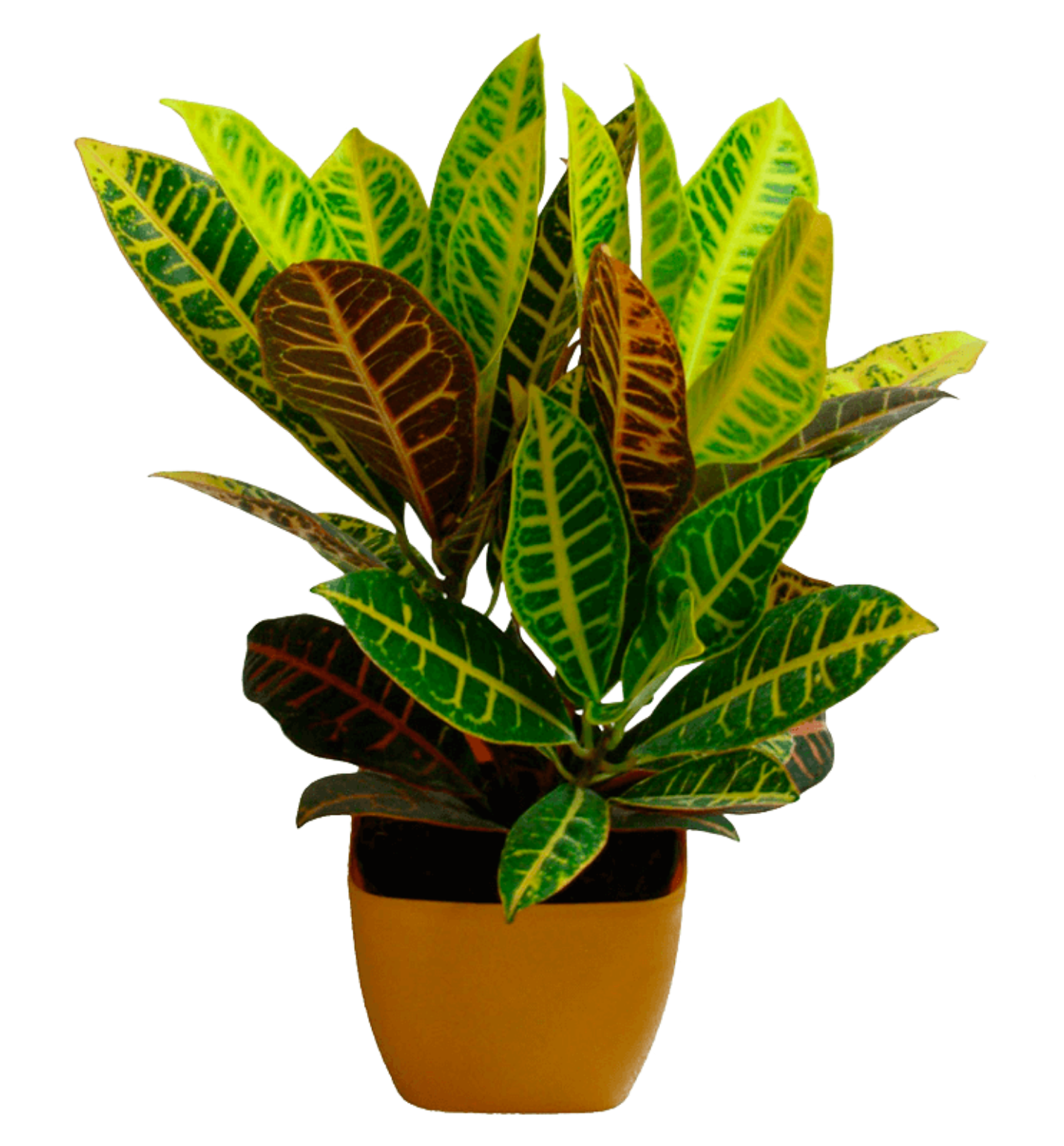
Insecticides.
Insecticides are pesticides that are formulated to kill, harm, repel or mitigate one or more species of insect. Insecticides work in different ways on insects. Some disrupt the nervous system whereas others may damage their exoskeletons, repel them or control them by other means. Insecticides are packaged in various forms including sprays, dusts, gels, and baits. They are important for disease control and provide food and fiber for growing world population.

Herbicides.
A herbicide is a pesticide used to kill unwanted plants. Selective herbicides kill certain targets while leaving the desired crop relatively unharmed. Some of these act by interfering with the growth of the weed and are often based on plant hormones. A great advantage of chemical herbicides over mechanical weed control is the ease of application, which often saves on the cost of labour.

Fungicides.
Fungicide is any toxic substance used to kill or inhibit the growth of fungi. Fungicides are generally used to control parasitic fungi that either cause economic damage to crop or ornamental plants or endanger the health of domestic animals or humans. Most agricultural and horticultural fungicides are applied as sprays or dusts. Seed fungicides are applied as a protective covering before germination. Systemic fungicides, or chemotherapeutants, are applied to plants, where they become distributed throughout the tissue and act to eradicate existing disease or to protect against possible disease. Weeds are unwanted plants growing among wanted crops and compete with crop plants for sunlight, nutrients, water etc. Weedicides are the chemicals which are sprayed over the fields to get rid of weeds.
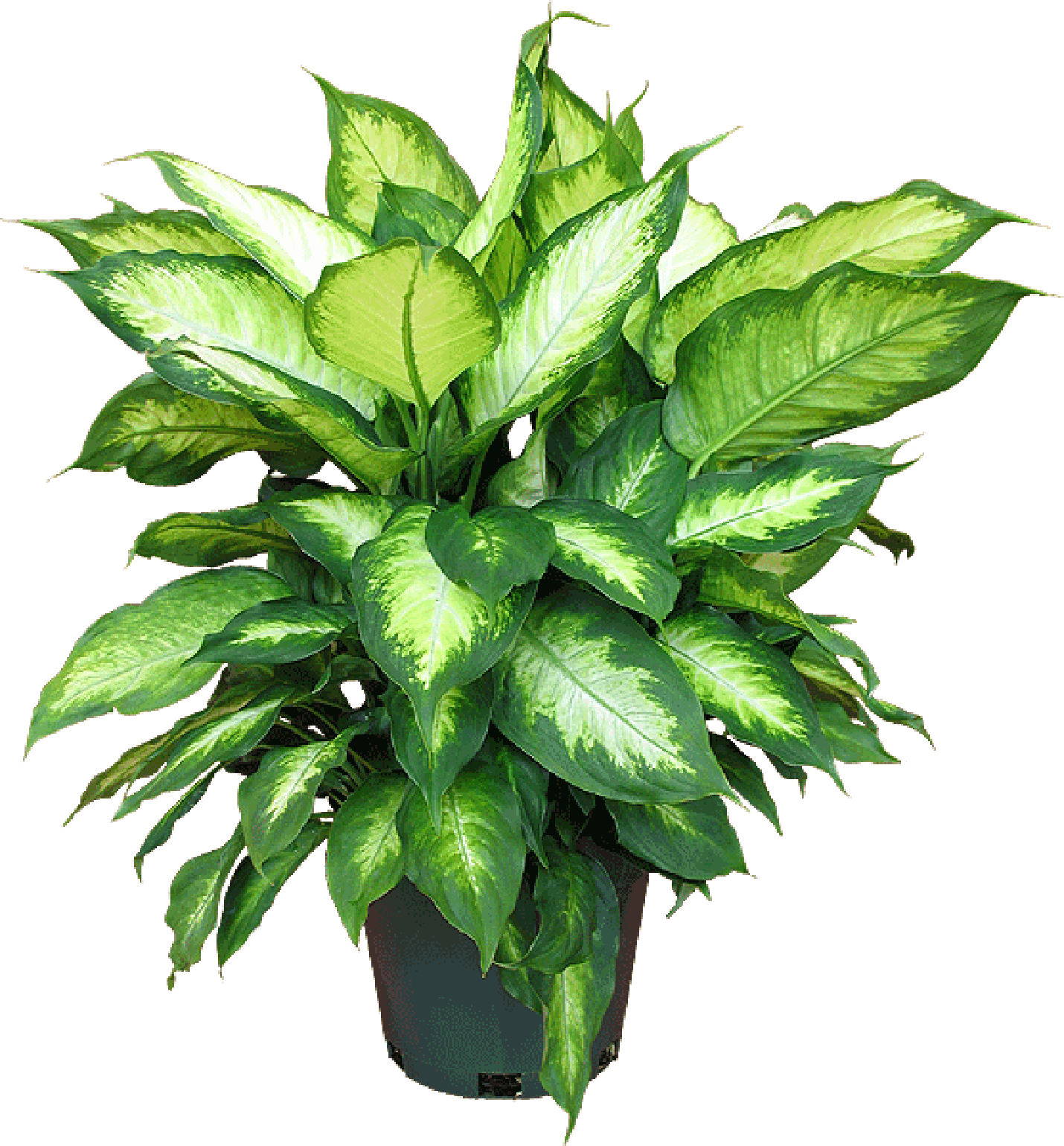
Plant Growth Regulator.
Plant growth regulators (PGRs) are chemicals used to modify plant growth such as increasing branching, suppressing shoot growth, increasing return bloom, removing excess fruit, or altering fruit maturity. Numerous factors affect PGR performance including how well the chemical is absorbed by the plant, tree vigour and age, dose, timing, cultivar, and weather conditions before, during, and after application.

